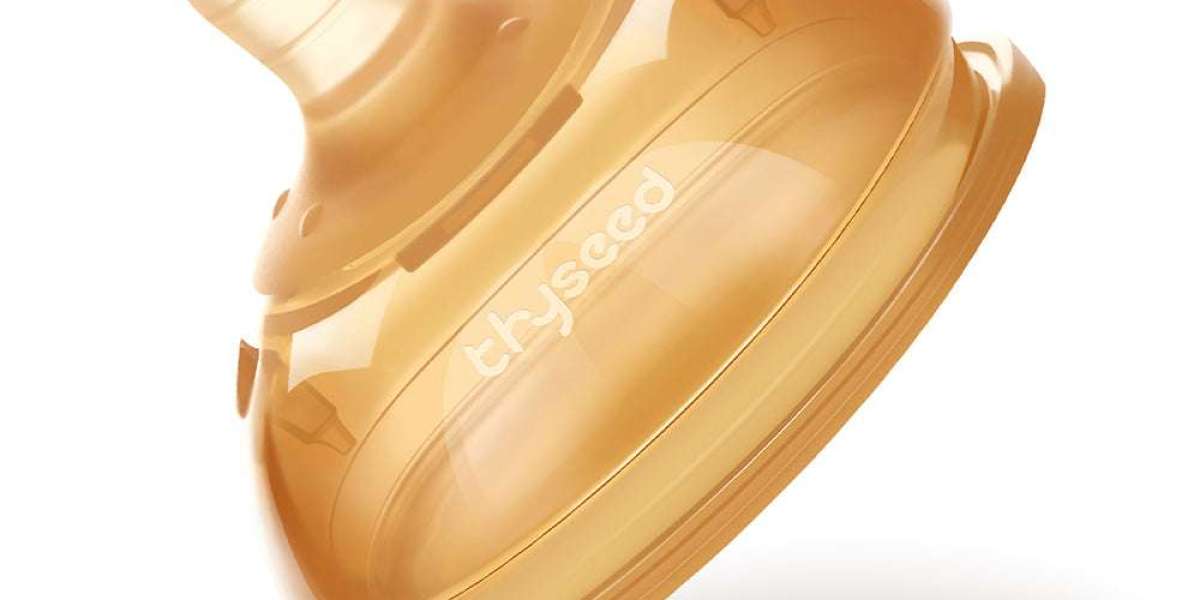As a parent, selecting the right feeding tools for your baby is essential for their health and development. Among the most important items in this category are straw cups and baby bottle nipples. These products play a critical role in your child's transition from breastfeeding or bottle-feeding to independent drinking. In this guide, we will delve into what to look for in a straw cup and baby bottle nipples, ensuring you make informed decisions that benefit your child's growth and comfort.
Understanding the Importance of Straw Cups
Straw cups are an excellent tool for transitioning your baby from bottles to cups. They help develop your child's drinking skills and hand-eye coordination. Here are key factors to consider when choosing the best straw cup:
Material Safety: The first thing to check is the material of the straw cup. Ensure it is made of BPA-free plastic, stainless steel, or silicone. These materials are safe for your baby to use and free from harmful chemicals.
Ease of Cleaning: Babies are prone to making a mess, and their cups are no exception. Choose a straw cup that is easy to disassemble and clean. Dishwasher-safe cups are a great option for busy parents.
Leak-Proof Design: A good straw cup should be leak-proof to prevent spills, especially when you're on the go. Look for cups with tight-sealing lids and well-designed straws that minimize leakage.
Ergonomic Design: Cups with handles or ergonomic shapes are easier for little hands to hold. This design promotes independent drinking and enhances your baby's motor skills.
Flow Control: Some straw cups come with adjustable flow rates, which can be beneficial for babies transitioning from bottles. This feature helps manage the flow of liquid, making it easier for your baby to drink without choking.
Choosing the Right Baby Bottle Nipples
Baby bottle nipples are another critical component in your child's feeding journey. The right nipple can ensure a smooth and comfortable feeding experience. Here’s what to consider:
Material: Baby bottle nipples are typically made of silicone or latex. Silicone nipples are more durable and hold their shape better, while latex nipples are softer but may wear out faster. Choose the material based on your baby's preference and any allergies.
Flow Rate: Nipples come in different flow rates, from slow to fast. Newborns usually start with slow-flow nipples to avoid choking, while older babies might need medium or fast-flow nipples as they grow. Ensure you match the flow rate with your baby's age and feeding needs.
Shape: Nipple shapes can vary from standard to orthodontic designs. Orthodontic nipples are designed to mimic the natural shape of a mother's nipple and can be beneficial for babies who switch between breastfeeding and bottle-feeding.
Vent System: Many modern baby bottle nipples come with a vent system to reduce colic and gas by preventing the ingestion of air. This feature can make feeding more comfortable for your baby and reduce fussiness.
Compatibility: Ensure that the nipples you choose are compatible with the bottles you have. Some brands offer universal nipples that fit a range of bottles, while others are brand-specific.
Combining Straw Cups and Baby Bottle Nipples for a Smooth Transition
Transitioning from bottle-feeding to drinking from a straw cup can be a significant milestone in your child's development. Here are some tips to make this transition smooth:
Start Slowly: Introduce the straw cup gradually. You can begin by offering small amounts of water or milk in the cup while continuing to use the baby bottle nipples for most feedings.
Encourage Exploration: Allow your baby to play with the straw cup. Babies learn through exploration, and letting them handle the cup will make them more comfortable using it.
Demonstrate Usage: Show your baby how to use the straw cup by demonstrating it yourself. Babies often mimic their parents, and seeing you drink from the cup can encourage them to try it.
Mix and Match: If your baby is resistant to the straw cup, try mixing and matching parts. Some babies prefer the familiar feel of their baby bottle nipples, so using a bottle with a straw attachment might ease the transition.
Patience is Key: Every baby is different, and some may take longer to adapt to new feeding methods. Be patient and offer encouragement. Celebrate small successes to keep your baby motivated.
Conclusion
Selecting the best straw cup and baby bottle nipples is crucial for your baby's feeding journey. By considering factors such as material safety, ease of cleaning, leak-proof design, and appropriate flow rates, you can make informed decisions that benefit your child's development. Remember, the transition from bottle-feeding to independent drinking takes time, and with the right tools and a bit of patience, your baby will master this important milestone.








